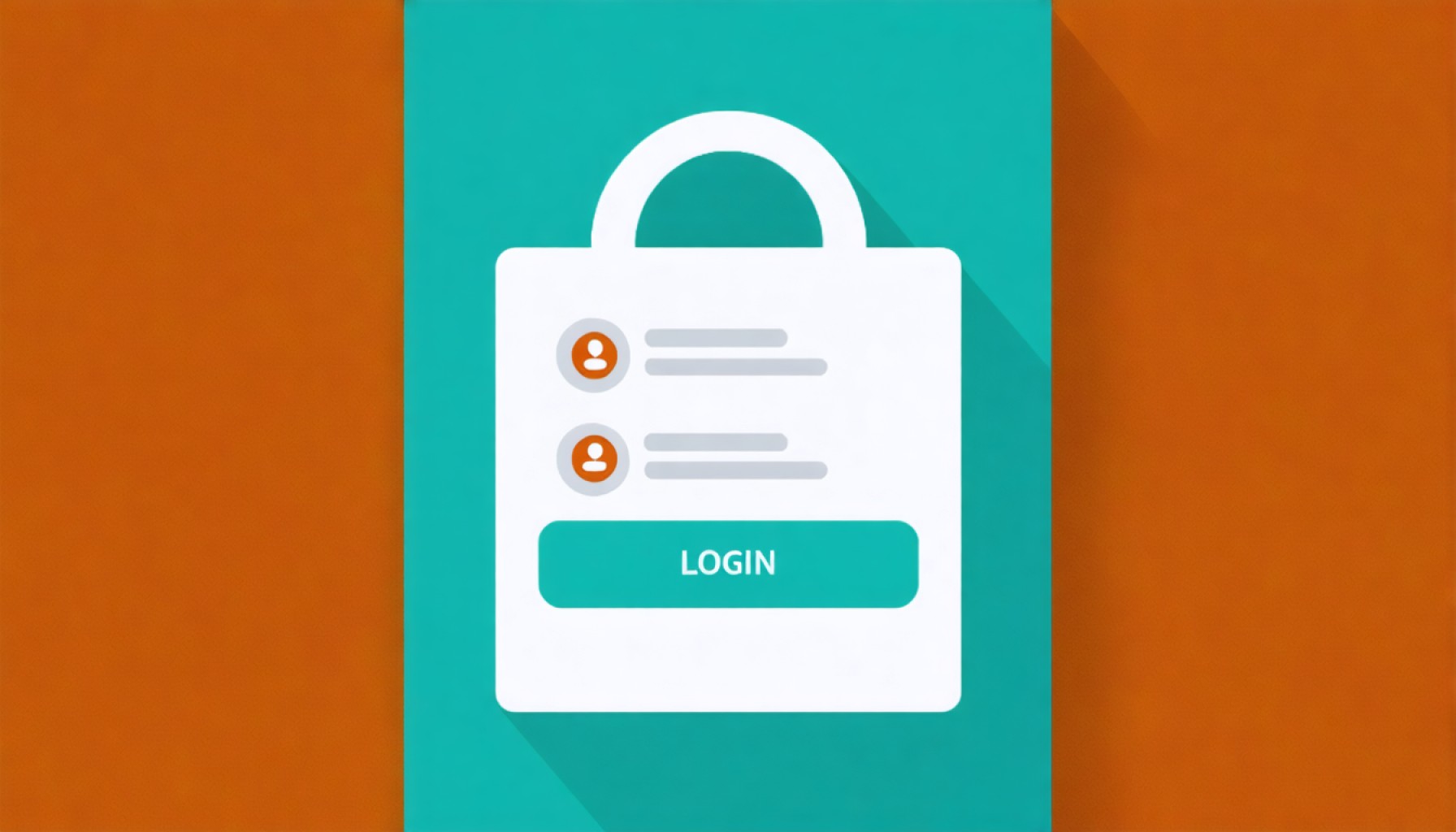- Saving login credentials in browsers offers convenience but poses security risks, especially on shared or public devices.
- Accessing saved credentials is easy for anyone with access to your device, highlighting the importance of vigilance.
- Enhance device security with strong passwords, frequent updates, reliable firewalls, and robust antivirus software.
- Utilize logout functions regularly to reset saved login data, adding an extra layer of security on shared devices.
- Balancing convenience and security is key to protecting your digital identity while enjoying seamless internet use.
https://youtube.com/watch?v=yVZpltTjG8s
In the bustling landscape of today’s digital age, the convenience of saving your login credentials on your browser can feel like a small victory against the daily onslaught of passwords. The “Save my User ID and Password” checkbox seems innocuous enough, whispering promises of seamless access to your favorite sites without the repetitive tedium of constant logins. As you glide through your online world with this small luxury, a simple click offers you the gift of time saved.
However, while the allure of this convenience is undeniable, it carries with it a shadow of potential peril. Storing your credentials directly on your computer leaves your digital life as open as a book, inviting anyone with access to your device to peek inside your private chapters. For those who share devices in households or workplaces—or even those who occasionally find themselves working from public spaces—this can be a gamble.
Visualize this: A casual jaunt to a coffee shop sees you momentarily distracted, your laptop left open on the table. Within seconds, a well-meaning stranger or a prying opportunist could dive into your saved credentials, browsing through the library of your online identities. It’s a potent reminder that in the quest for convenience, vigilance should not be forsaken.
There’s a strategic game to play here, and the rules are rooted in balance. For those who cherish the ease of saved logins, consider fortifying your device with robust security measures—a solid anti-virus program, a reliable firewall, frequent updates, and most importantly, a strong and unique device password. Layering your defenses acts as a shield, ensuring that even if the device leaves your hands, access to your personal accounts never does.
Moreover, understanding the tools at your disposal is key. Familiarize yourself with the logout process on your most frequented sites. It is crucial to remember that utilizing the logout function often resets your saved login data. While this requires you to re-enter your information next time, it provides an extra layer of security, particularly on shared devices.
The heartbeat of today’s internet usage is a dance between ease and protection. By making informed choices, you not only enjoy the luxury of a seamless browsing experience but do so with the confidence that your digital identity remains your own. Your online safety is best secured by a mindful assessment of convenience alongside a robust defense strategy.
The Hidden Dangers of Saving Passwords in Your Browser: What You Need to Know
Understanding the Risks and Benefits of Browser-Saved Passwords
In today’s fast-paced digital environment, saving your login credentials in your browser is a tempting time-saver. It promises swift access to various sites without the hassle of repeatedly entering your credentials. However, this convenience can expose your sensitive data to significant risks. Let’s delve into some crucial aspects that weren’t covered in the original discussion.
How-To Secure Your Credentials
1. Enable Two-Factor Authentication (2FA): Ensure your accounts are secured with 2FA for an extra layer of protection. Even if your credentials are compromised, this will prevent unauthorized access.
2. Use a Password Manager: Rather than saving passwords in your browser, a password manager encrypts and stores them securely, generating strong passwords for each site.
3. Keep Your Software Updated: Regular updates for your operating system and browser fix security vulnerabilities and guard against malware.
4. Lock Your Screen: Always lock your device before leaving it unattended. This simple step can prevent unauthorized access in public or shared environments.
5. Encrypt Sensitive Files: Utilize encryption tools for your confidential files to ensure they remain inaccessible to attackers.
Real-World Use Cases
– Corporate Environments: Employees in shared computer environments should avoid saving passwords in browsers, opting for organization-approved password management solutions instead.
– Public Spaces: When working in coffeeshops or libraries, it’s critical to disable auto-login features and ensure your device is never left unattended.
Pros and Cons Overview
Pros:
– Convenience: Streamlines access to frequently used sites.
– Efficiency: Saves time during daily operations.
Cons:
– Security Risks: Potential for unauthorized access if the device falls into the wrong hands.
– Limited Control: Relying on browser security features can be risky if vulnerabilities are discovered.
Market Forecasts & Industry Trends
The password manager market is expected to grow significantly, reaching upwards of $2 billion by 2025, according to Gartner. This growth underscores the increasing demand for secure and efficient credential management solutions.
Security & Sustainability Insights
Incorporating security awareness training in corporate settings can massively reduce the risk of data breaches. Educating users on secure password practices and the importance of cybersecurity can create a safer digital environment.
Actionable Recommendations
– Assess Your Current Practices: Examine your current password security methods and identify areas for improvement.
– Implement Security Layers: Add multiple layers of security to your devices, including biometric logins if possible.
– Explore Password Alternatives: Consider technology like passkeys, which offer a more secure, password-free sign-in experience.
By balancing convenience with robust security measures, you can protect your digital presence while enjoying uninterrupted access to your online accounts. For more information on securing your digital life, check out resources from Kaspersky.
